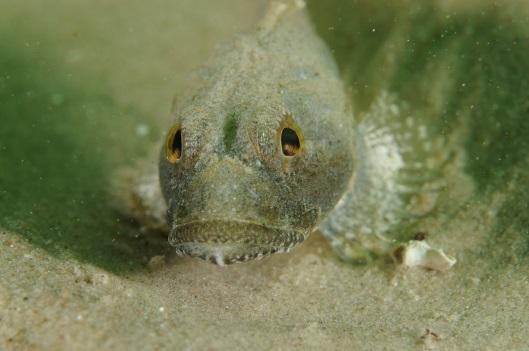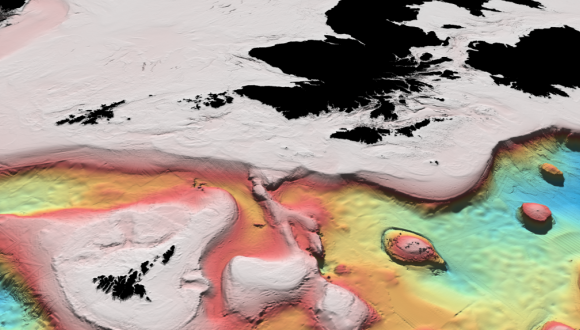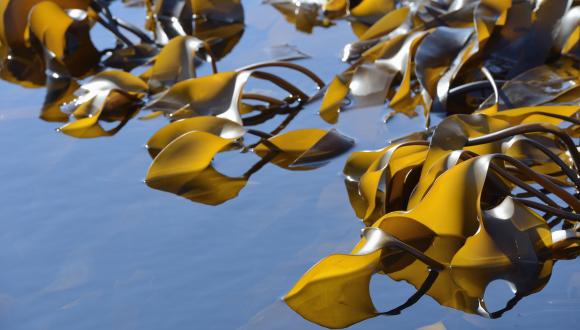Shelf banks and mounds
Introduction
Shelf banks and mounds can be found off all Scottish coasts and cover approximately 2334 square kilometres of the UK’s continental shelf. Created by the action of strong currents, shelf banks and mounds are elevated areas of seabed where great volumes of sediment have built up over time.
Special Features
Strong currents in combination with the feature's sloping structure make shelf banks and mounds an ideal location for seabed species to colonise and grow. Once established, these communities provide shelter for other marine species and increase local biodiversity in the surrounding area.

Threats
As relatively shallow and biodiverse areas, shelf banks and mounds can be exposed to pressure from fisheries. They may also be threatened by activities which affect water currents, which can lead to dramatic changes in their shape and structure.
Protection
Marine Protected Areas can offer protection to the marine species and communities that live on or nearby the shelf banks and mounds as well as the larger functions they have in Scotland’s seas e.g. for supporting biodiversity and the recycling of nutrient-rich water.





